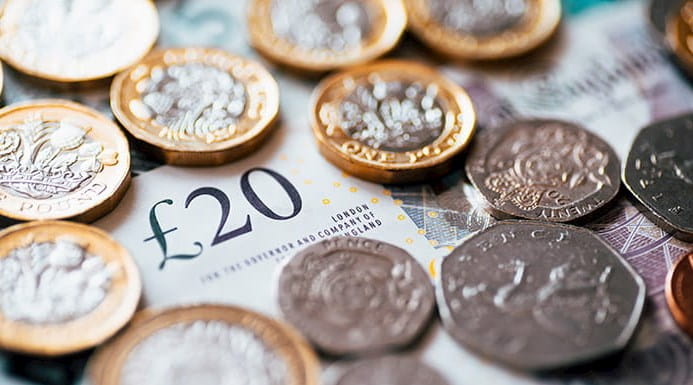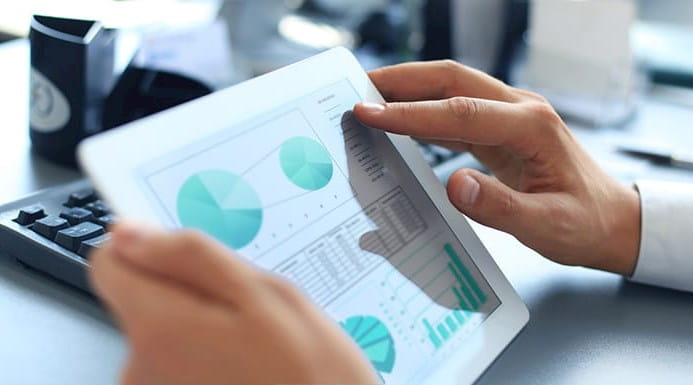What is inflation?
Inflation measures how quickly the prices of goods and services are rising over time. For example, if a loaf of bread costs £1 but is £1.02 a year later, then annual inflation rate for bread is 2%.
If inflation is said to be falling, that does not mean prices are falling - they are just rising less quickly than before.
The main inflation measure is called the Consumer Prices Index (CPI), which tracks the prices of a ‘basket’ of more than 700 goods and services. This covers everyday items such as milk and bread, as well as the most recent shopping trends, with air fryers added in 2024.
There are challenges to measuring inflation. For example, different households can have vastly different inflation rates depending on what they consume.
Other inflation measures often referenced, include core inflation (excludes volatile items like food and energy) and services inflation (focuses on service-related categories only) because they give better picture of underlying price pressures.
How does inflation affect people and businesses?
Inflation reduces consumer’s purchasing power because it takes more money to buy the product or service now than it did in the past. If incomes fail to keep up with rises in inflation over a sustained period, people will be worse off.
During periods of high inflation, companies typically pay more for inputs into production and higher wages, which decreases their margins. While businesses can maintain margins by raising prices, consumer spending could drop, resulting in lower sales revenues for businesses.
Periods of high inflation usually see interest rates rise as the Bank of England seeks to bring inflation its 2% target.

What is the state of play in November 2025?
UK CPI inflation has returned to more ‘normal’ levels, following the biggest inflation surge in 40 years. However, since April 2021, prices have risen by 27%,17% higher than if inflation had remained at the Bank of England’s 2% target over the same period (see chart 1). This means that the UK effectively experienced over 10 years’ worth of ‘average’ inflation in a four-year period.
Core CPI stood at 3.4% in the 12 months to October 2025, down from 3.5% in the 12 months to September, while the CPI services annual rate in October eased to 4.5%, from 4.7% in September (see chart 2).

What is the outlook for UK inflation?
The Bank of England forecasts that UK inflation will ease slowly over the winter months, amid lower food and fuel costs, to just above 3% early next year, before dropping back to the Bank of England’s 2% by the end of 2027.
Some of the main challenges facing UK inflation
- Low labour supply as employers competes for scarce employees by raising wages, adding to inflationary pressures.
- UK and global policy interventions,such as possible new US trade tariffs and business tax increases which could increase inflation by pushing up the cost of producing goods and services.
- Post-Brexit trade frictions adding to the upward cost of goods flowing from the EU into the UK.
- Low potential growth - supply-side constraints mean that the rate at which the UK economy can grow without stoking inflation is among the lowest among OECD countries.
ICAEW on the Budget




